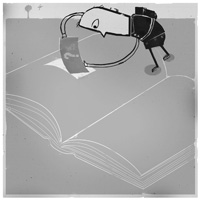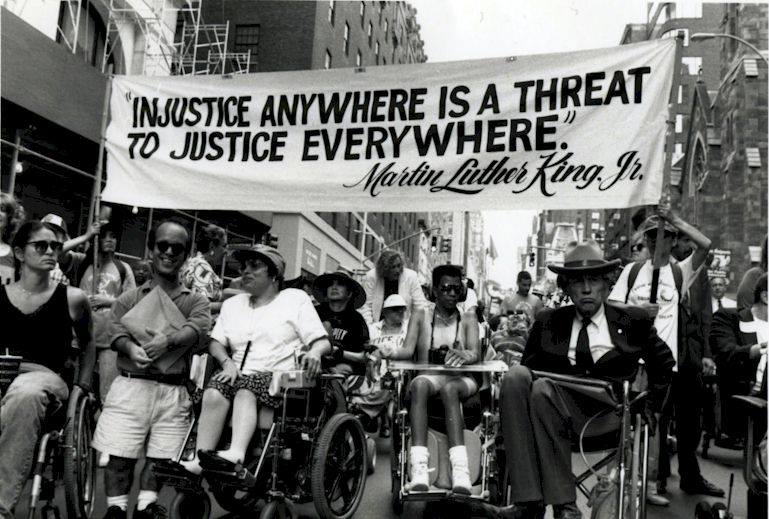Teachers have started to recognize problems with books that omit the stories of people of color, women, etc. So too, they need to be sensitive to the omission of persons with disability. This exclusion lessens the likelihood that the histories, experiences or feelings of people with disabilities will be discussed in our classrooms. Even negative portrayals of disability can present teachable moments.
1. Does the book promote ableism by ignoring people with disabilities?
Teachers have started to recognize problems with books that omit the stories of people of color, women, etc. So too, they need to be sensitive to the omission of persons with disability. This exclusion lessens the likelihood that the histories, experiences or feelings of people with disabilities will be discussed in our classrooms. Even negative portrayals of disability can present teachable moments.
2. Do the illustrations promote ableism by addressing disability in stereotyped ways?
- Notice hidden messages in images. Many picture books that portray disability are semi-nonfiction and use photographs intended to inform readers without disabilities. Use of photographs may contribute to the reader’s perception of reality. Picture books using photographs, therefore, deserve an especially comprehensive review because they are more likely to be seen as incontrovertible truth. Photographs also may deal with disability in a more clinical rather than aesthetic way, creating distance rather than empathy with a character with disability. Use of artistic illustrations, on the other hand, may result in an aesthetically satisfying story open to questioning.
- Analyze images for stereotypes associated with disability. For example, are characters with disability depicted as helpless or are they infantilized? Do the visuals illustrate people with disabilities in all their complexity or do they support demeaning clichés? For example, does a person with mental disability always have to look happy? The use of images in children’s literature may also encourage presentation of so-called “visible” disabilities, and avoid more “invisible” disabilities.
- Review the roles of characters with disabilities in the visuals. Are they presented in leadership roles and other times allowed to simply be there, or do they have to be a character or a literary device to convey a message?
3. Does the story line promote ableism?
- Evaluate the standard for success for characters with disabilities. Do they have to exhibit extraordinary qualities or superhuman powers in order to gain acceptance and approval? For example, does a protagonist who cannot walk have to solve a mystery from his/her wheelchair to avoid being bullied?
Download the full article on the Rethinking Schools website.
![]()










Twitter
Google plus
LinkedIn